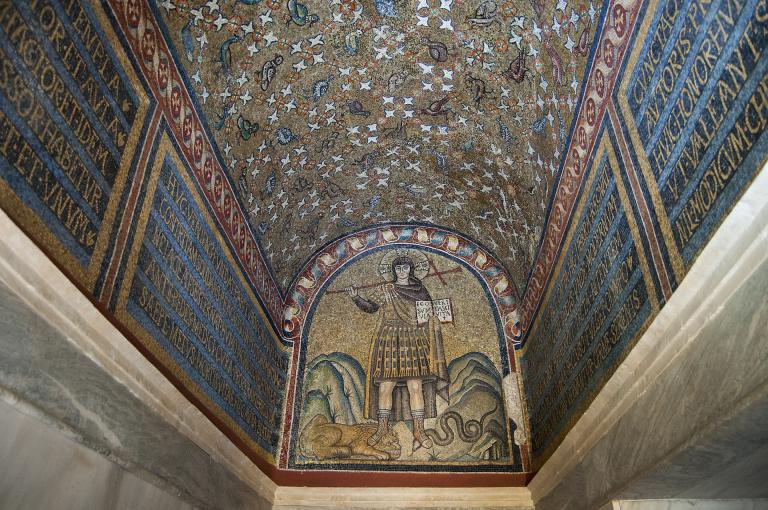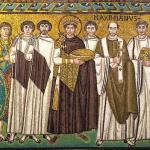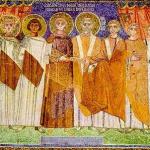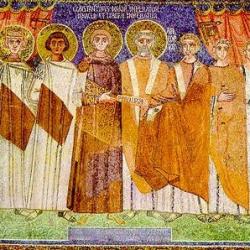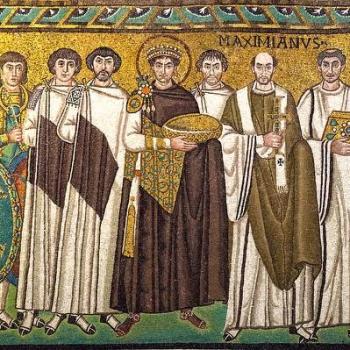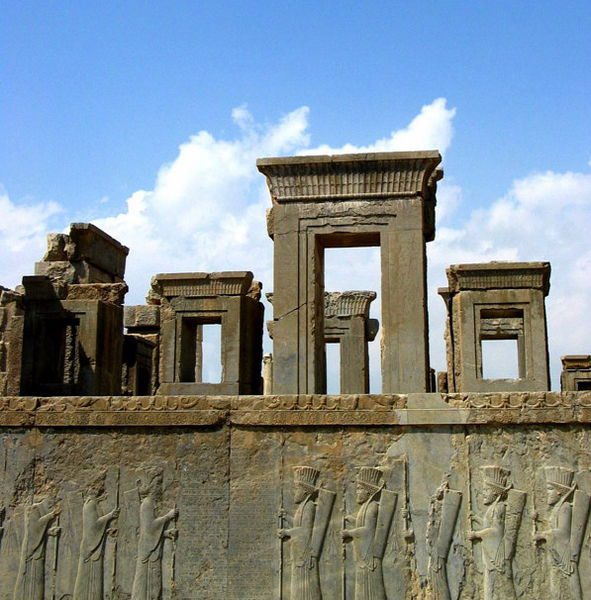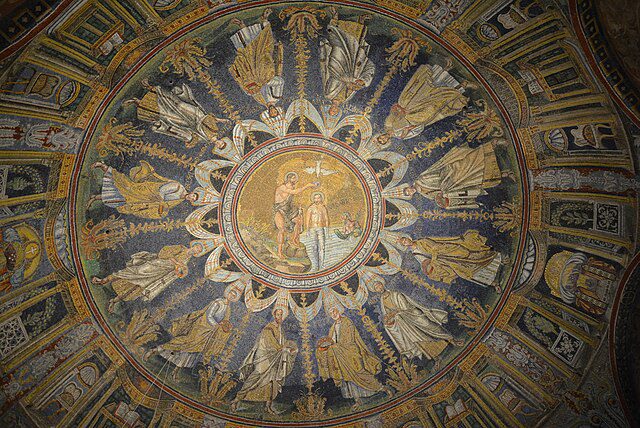
I recently came across a story that I had heard before about the late Queen Elizabeth II. I heard it once when she was still alive, and then again during the period of mourning shortly after her death. I think that it’s really funny, so I’m sharing it here just in case somebody reading my blog hasn’t heard it. (I aim to serve.)
A funny and true story about the Queen:
Around 2005, the Queen and her Personal Protection Officer, Dick Griffin, were walking alone one afternoon in the hills near the Scottish royal castle, Balmoral.
Two tourists approached them, and engaged in conversation. Griffin recalls:
“There were two hikers coming towards us, and the Queen would always stop and say hello.
Follow Royal Family Page
“They were two Americans on a walking holiday.
“It was clear from the moment we stopped that they hadn’t recognized the Queen, which was fine.
“The American gentleman was telling the Queen where they came from, where they were going next, and where they’d been in Britain.
“I could see it coming, and sure enough, he said to Her Majesty: ‘And where do you live?’
“She replied: ‘Well I live in London, but I’ve got a holiday home just the other side of the hills.’
“He said: ‘How long have you been coming up here?’
“She replied: ‘I’ve been coming up here ever since I was a little girl, so over 80 years.’
“You could see the cogs whirring, so he said: ‘Well, if you’ve been coming up here for over 80 years, you must have met the Queen.’
“Quick as a flash, she said: ‘I haven’t, but Dick here meets her regularly.’
The hiker then asked Griffin what the monarch was like in person.
“Because I was with her a long time, and I knew I could pull her leg, I said: ‘Oh, she can be very cantankerous at times, but she’s got a lovely sense of humour.’
The next thing I knew, this guy comes round, puts his arm around my shoulder, and before I could see what was happening, he gets his camera, GIVES IT TO THE QUEEN & says: ‘Can you take a picture of the two of us?’
“Then we swapped places, & I TOOK A PICTURE OF THEM WITH THE QUEEN.
“And we never let on, and we waved goodbye.
“Afterwards, Her Majesty said to me: ‘I’d love to be a fly on the wall when he shows those photographs to his friends in America, and hopefully someone tells him who I am’.”

Speaking of walking around, my wife and I joined a walking tour today that covered five of the eight UNESCO World Heritage sites that are located here in Ravenna or very nearby. (Alas, though, nobody seems to have failed to recognize my status as a monarch.) We again visited the Mausoleum of Galla Placidia and the Church of San Vitale, which we had visited yesterday evening. (That visit was much more satisfying, and I’m happy that we were able to do it; almost nobody was there and our time was unrestricted. During much of the day here, time in the smaller sites is strictly limited to five minutes. And there were lots of school children and at least one tour group from a cruise ship.) We also visited the so-called Neonian Baptistery, the Basilica of Sant’Apollinare Nuovo, and the Archiepiscopal Chapel – all of which were constructed in the fifth and sixth centuries. They are grouped by UNESCO under the collective title of “Early Christian Monuments of Ravenna” and the mosaics in them are, truly, fascinating specimens of Christian art in Late Antiquity.
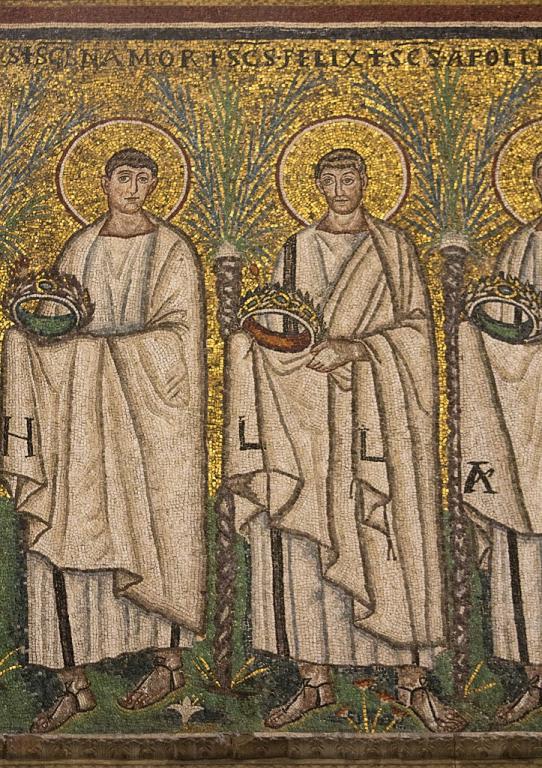
I cannot think of Byzantine mosaics, whether here or in ancient Constantinople (Byzantium) itself without thinking of William Butler Yeats’s famous poem “Sailing to Byzantium.” The whole poem is well worth attention, but the third stanza is particularly relevant in this context:
O sages standing in God’s holy fireAs in the gold mosaic of a wall,Come from the holy fire, perne in a gyre,And be the singing-masters of my soul.Consume my heart away; sick with desireAnd fastened to a dying animalIt knows not what it is; and gather meInto the artifice of eternity.
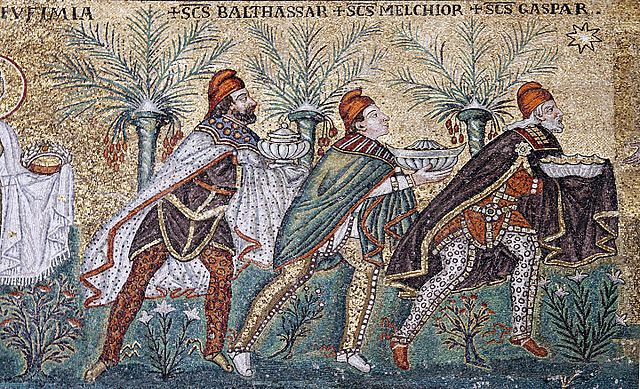
I’ve long regarded it as a virtual certainty that Hieronymus Bosch’s painting “Ascent of the Blessed” was inspired by someone’s account to him of a tunnel-like near-death experience. I can scarcely conceive that this was not the case; the resemblance of the painting to that common NDE element is simply too obvious.. In the matter of the gold background of Byzantine mosaics, which most authorities explain as representing the “divine light of God,” the thought has repeatedly occurred to me, albeit with slightly less assurance, that it may similarly represent memories of near-death experiences. Those who have undergone NDEs repeatedly tell about the brilliance of the light that they encountered, and they very often describe it as “golden.”
Posted from Ravenna, Italy
